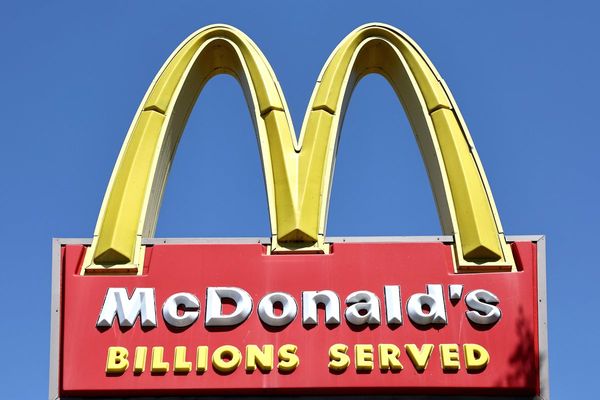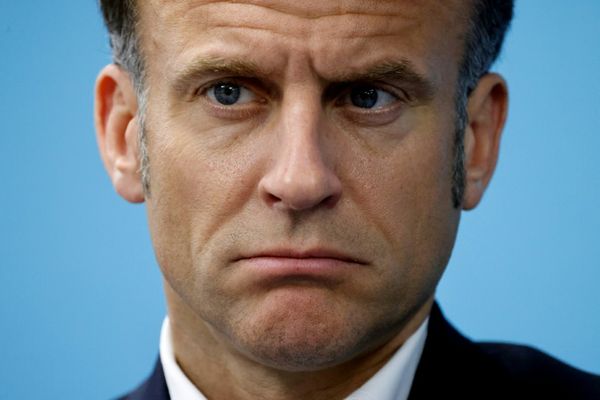
Key Takeaways:
- Clifford Medical has filed for a Hong Kong IPO, even though its financials have been volatile in recent years and a single hospital contributes 94% of its revenue
- The company has a high debt burden due to its need to invest heavily in capital-intensive assets like medical facilities and equipment
By Ellie Si
Hospital, anyone?
That’s what Clifford Medical Group Ltd. is asking investors, seeking their funds to pour into its outfit as a hospital operator. But while such operators are relatively common in the west, often running chains through a region or even nationwide, Clifford is distinguished by its almost complete reliance on a single hospital in Guangdong province – not exactly reassuring for old-school investors schooled in the virtues of diversification.
Clifford Medical filed a new listing application in Hong Kong on the last day of September, after a previous submission from March expired on Sept. 23. That seems to show the company’s determination to make it to market, hoping to cash in on its clout in South China’s Guangdong Province despite its one-dimensional revenue structure.
Founded in 2001, Clifford’s operations aren’t quite as monolithic as they might seem. It also owns and operates a number of other separate medical facilities, such as a maternal care unit for new mothers, a nursery for seniors, a dental care clinic and five retail pharmacies.
According to its preliminary prospectus, the company intends to use the money from its IPO to expand the operational capacity of a new wing of its Clifford Hospital, set up sub-departments and care centers under its existing departments, scale up its healthcare network and replenishing its funding for general operations and business expansion.
The company’s revenues have been relatively constant, growing slightly from 1.08 billion yuan ($152 million) in 2019 to 1.21 billion yuan last year. Its profits have been a little better, rising from 76.27 million yuan to 130 million yuan over that period. The company generated revenue of 380 million yuan in the first four months of the year, up slightly from a year earlier. But its net profit plummeted by 58.5% to 14.68 million yuan, mainly because of a 28% rise in administrative expenditures.
The weak revenue gain this year and profit decline weren’t all that surprising, since many patients avoided hospitals in the first part of the year as people were confined at home and hospitals limited their access during a number of Covid flare-ups. But of larger concern was the company’s generation of more than 90% of its total revenue from its hospital business, all from a single hospital.
That prize possession is Clifford Hospital. According to the prospectus, the hospital is located in the Panyu district of Guangzhou, Guangdong’s capital, with 2,100 registered beds. It is the biggest for-profit comprehensive private hospital in the affluent province next to Hong Kong. It acquired Joint Commission International (JCI) accreditation in 2003, just two years after its opening, becoming the first in China and second in Asia to obtain such a certification that denotes one of the highest standards for quality and secure healthcare services worldwide.
The prospectus cites third-party data showing the hospital is the fourth biggest for-profit comprehensive private hospital in Guangdong, and the eighth biggest in China, based on revenue last year. At the end of April this year, it had accumulated more than 3.9 million outpatient visits and 100,000 inpatient visits, respectively since opening.
Limited new business contribution
At the end of 2020, the hospital acquired Healthcare Group, which operated its own maternal care units, elderly care centers, dental care units and retail pharmacies. But despite those new contributions, the hospital still accounted for about 94% of the company’s total revenue in the first four months of this year and last year. Despite their smaller contribution, the services Clifford acquired from Healthcare Group all had higher gross margins than the company’s own hospital business.
The year 2020, when the pandemic began, offers a glimpse at the risk the company and its investors could face from the overreliance on such a single monolithic asset. That year, the number of hospitalized patients and outpatient visits dropped by 42% and 33.3%, respectively, as people avoided hospital visits when the pandemic began over fear of infection. The figured recovered a bit in 2021, but was still not back to 2019 levels, though an increase in the average medical bill slightly offset the negative impact of less visits.
In a China healthcare market dominated by public hospitals, it has always been tough for the smaller field of private operators to stand out. Now, operators like Clifford are also having to deal with growing competition within their ranks as China opens up the sector wider to private participation. The number of such private hospitals reached 965 in Guangdong in 2020, and is expected to rise at a compound annual rate of 7% over the next few years, bringing the total to 1,366 by 2025.
The prospectus also shows that competition for high-caliber medical professionals is posing a challenge for the company. Between 2019 and 2021, its pool of chief doctors dropped from 42 to 28, while associate-chief doctors fell from 113 to 99. As it offers more competitive packages to attract and retain such staff, the hospital expects its salary compensation costs to rise.
High debt ratio
So now that we have a clear picture of where this company is, we’ll look next at where it might be headed. All hospitals must constantly invest in expensive assets like medical equipment to stay on top of their profession. Clifford currently meets such needs using cash generated from its operations and bank loans. That constant spending, fueled by pressure to stay at the head of its group, has pushed its debt ratio up to perilously high levels.
The company’s gearing ratio stood at an astronomic 427.4% in 2019, extremely high when compared with a healthy rate generally considered in the 25% to 50% range. The rate fell to 324.6% and 183% in 2020 and 2021, respectively, as the company paid down its bank loans. But the positive trend did not last, with the ratio up slightly to 193.4% as of April this year. While the figure is falling, the heavy debt burden shows the big debt pressure the company faces due to its “heavy-asset” operating model.
Looking around the Hong Kong stock market, the only other private single-hospital operator is Honliv Healthcare Management (09906.HK), which was listed in 2020 and is now valued at HK$1.7 billion ($218 million), with a price-to-earnings (P/E) ratio of 27 times. Assuming a similar P/E ratio and given its net profit of 130 million yuan last year, Clifford Medical can perhaps expect a 3.5 billion yuan valuation if it succeeds in its second attempt at an IPO







